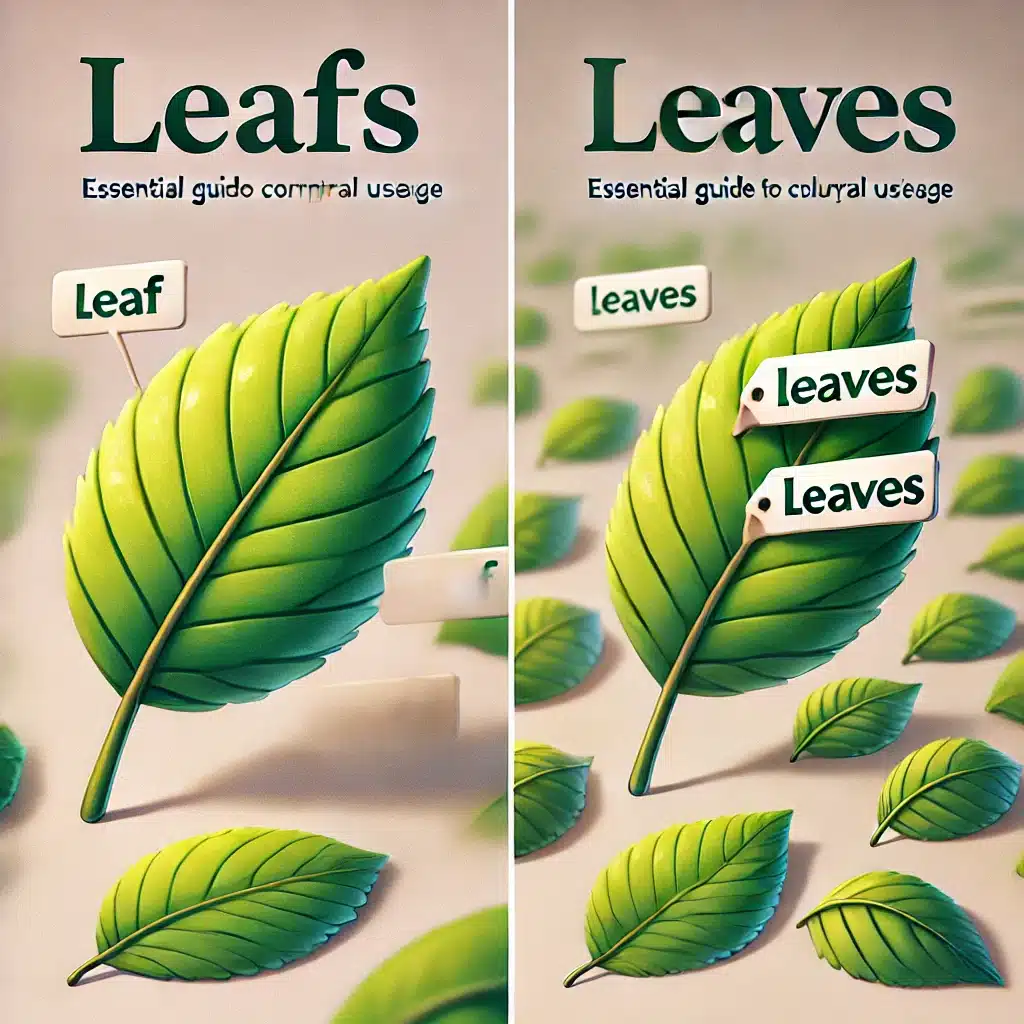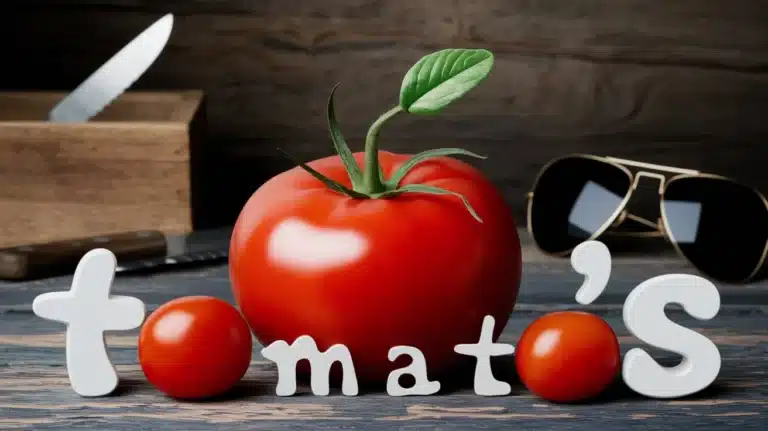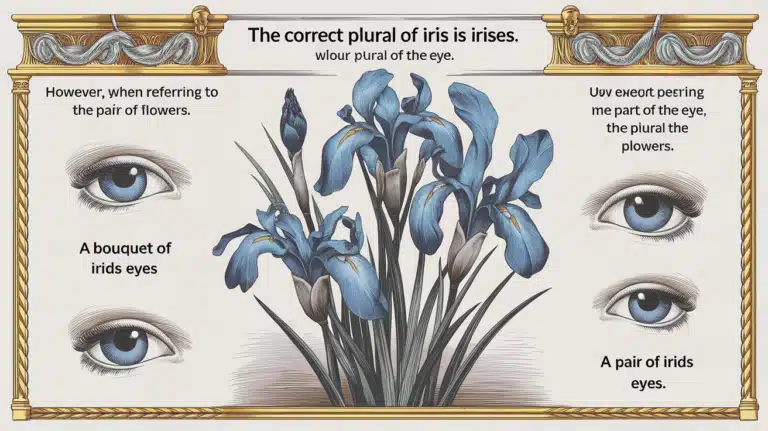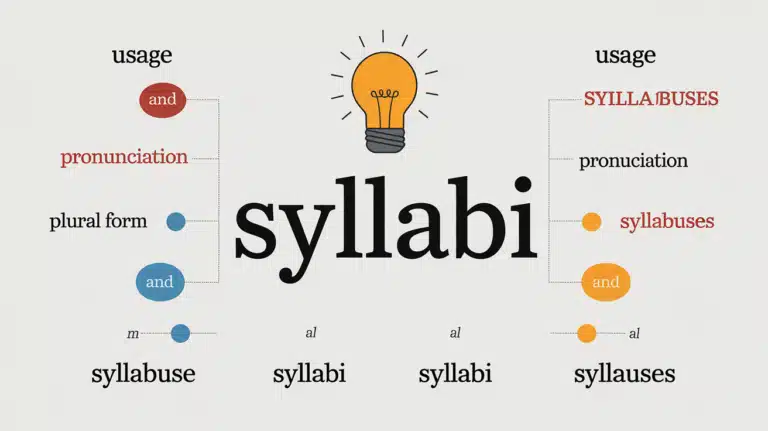Leafs vs. Leaves: Which One to Use
The distinction between “leafs” and “leaves” often confuses English speakers. When dealing with plural rules, remember that “leaves” is the standard plural form for most uses, especially regarding plant foliage. This follows English grammar patterns for irregular plurals, similar to knife/knives. However, “Leafs” appears in proper nouns like the Toronto Maple Leafs hockey team. The correct plural depends on context – use “leaves” for botanical references, book pages, or table extensions, while “leafs” works mainly as a team name or present-tense verb. Understanding this pluralization difference helps maintain clear, accurate writing and speaking in both casual and professional settings.
Understanding the Difference Between Leafs and Leaves
The English language has many quirks, and the plural of leaf is one of them. Most nouns follow simple rules for making them plural, like adding ‘s’ or ‘es’. However, some words follow different patterns due to their historical roots. When talking about plant foliage, the word “leaf” transforms into “leaves,” following a pattern shared by words like “knife” and “life.”
Consider this comparison table:
| Singular | Regular Plural | Correct Plural |
|---|---|---|
| Leaf | Leafs | Leaves |
| Knife | Knifes | Knives |
| Life | Lifes | Lives |
Common Misconceptions and Grammar Rules
Understanding English grammar rules helps clarify why we use certain forms. Many people mistakenly think that adding ‘s’ to make plurals works for all words. The truth involves a deeper look at how pluralization works in English. Words ending in ‘f’ or ‘fe’ typically change to ‘ves’ in their plural form, following ancient language patterns.
Read More : High Quality or High-Quality:Guide which one is correct
A notable exception exists with the Toronto Leafs hockey team. As a proper noun,leafs-vs-leaves it breaks conventional plural rules while remaining grammatically acceptable because it’s a trademarked name.
Side-by-Side Comparison: Leafs vs. Leaves
The distinction between these forms goes beyond simple spelling. The correct term depends entirely on context. “Leaves” serves as the standard plural for botanical references, book pages, and table extensions. Meanwhile, “leafs” appears almost exclusively in proper names or as a present-tense verb.
Here’s a practical usage guide:
| Context | Correct Form | Example |
|---|---|---|
| Plants | Leaves | The autumn leaves are falling |
| Hockey | Leafs | The Maple Leafs won again |
| Books | Leaves | The book’s leaves are worn |
| Verbs | Leafs | He leafs through the pages |
Examples of Correct Usage
In everyday conversation and writing, proper usage makes a significant difference. When discussing plant foliage, always use “leaves.” For instance, “The tree sheds its leaves in autumn” shows correct usage. However, “The Maple Leafs scored in overtime” is correct despite breaking traditional plural rules when referring to the hockey team.
Professional writers and editors consistently use “leaves” in most contexts because it follows standard irregular plural patterns. This choice maintains clarity and demonstrates mastery of English language conventions.
Conclusion: Mastering Plural Forms in English Grammar
In mastering the distinction between “leafs” and “leaves,” remember this simple rule: “leaves” serves as the standard plural in most situations, from falling foliage to book pages. The exception mainly applies to proper nouns like the Toronto Maple Leafs. This understanding helps maintain clear, professional communication in both writing and speech. Whether you’re describing autumn foliage or drafting formal documents, choosing the correct plural form demonstrates language proficiency. Keep in mind that while exceptions exist, “leaves” remains the go-to plural form for most everyday uses.







